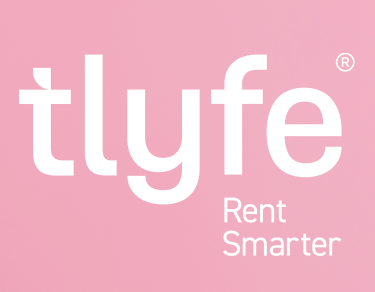.png)
The latest edition of the English Housing Survey reveals precisely how relatively rarely Section 21 is used.
Data from the survey analysed by Propertymark shows that in 2022-23, some 63% of private renters who had moved in the previous 12 months stated they ended their tenancy by choice. Job-related reasons were the most common driver, followed by wanting a larger property or to live in a better area.
Only 9% of private rental sector households said they had left a property due to eviction, and in most cases, this was because the landlord wanted to sell or move into the property themselves.
Just over half were asked to leave informally, 37% stated they were issued a Section 21 notice, and only 2% received a Section 8 notice.
Some 78% of private renters said they currently felt safe from eviction, and 68% felt their housing situation was secure enough for them to be confident in making long-term decisions about their lives. Three-quarters said their rented property felt like home, and most also felt invested in their community.
Other data found by Propertymark in its study of the report includes the fact that around 19% of the population live in the PRS, and on average they are younger than in other tenures. Single-person households account for 33% of the sector and 40% is made up of couples with or without dependent children.
Some 5% of PRS homes are overcrowded, with properties in London accounting for many of these. However, far more - 16% - are under-occupied, with at least one spare bedroom.
Weekly housing costs are higher for private renters than any other tenure (with a mean cost of £231). There is significant regional variation in affordability, with private tenants in London paying twice as much as those in the North East.
Private tenants are still most likely to live in non-decent, hazardous, or damp homes, although 2.1 million owner-occupiers also live in properties with at least one category 1 hazard. Damp is a particular issue for the PRS, with private tenants five times more likely to live in a home affected by dampness than owner-occupiers.
Rural homes are twice as likely to have a category 1 hazard present than urban properties. Houses in villages and hamlets tend to be older, less energy efficient, and have higher levels of disrepair, with 26% failing to meet the Decent Homes Standard - which will ultimately be a mandatory element of the private rental sector, according to the new government’s policy.
The median cost to bring non-decent homes up to the Standard is £7,953.




.png)







%20-%20IMAGE%20Client%20Accounting%20%E2%80%93%20what%20are%20your%20options.jpg)

%20(002).png)
.png)
.png)

%20(002).jpg)


.jpg)








Join the conversation
Jump to latest comment and add your reply
So from the 3.3% of tenants issued a S21, most landlords want to sell or move back in themselves. It would be useful to know the size of data.
So Shelter, Generation Rant, MPs etc are all WRONG. 😠 Tenants are not lying awake at night worrying about being evicted. 😡
Will any of the above now admit they were wrong? A snowball has a better chance in hell. 🔥
I have read that the majority of reasons for section 21 evictions are a landlord refusing to renew due to rent arrears, damage /neglect to the property or anti social behavior. That sounds abt tight based on my 30 years experience as a landlord and letting agent.
Annoyed landlord, you are spot on. It's landlords lying awake at night worrying about ever increasing legislation and tax costs.
Please login to comment